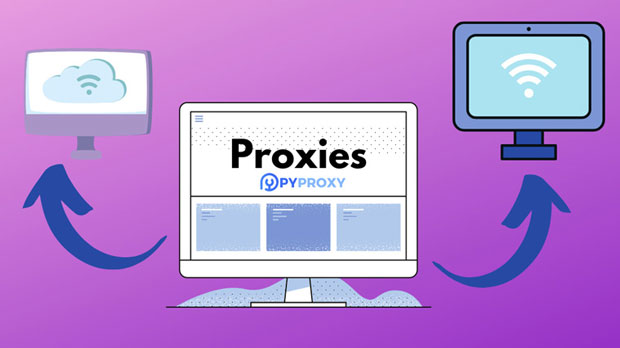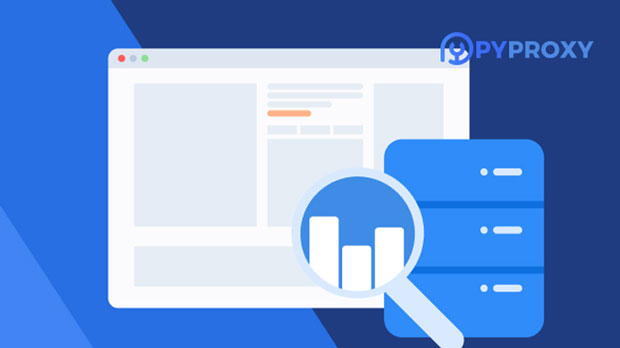In the world of online privacy and security, socks5 proxies have gained significant attention due to their ability to offer anonymity and bypass geographical restrictions. However, when it comes to high-bandwidth applications—such as HD video streaming, gaming, or large file transfers—users often wonder if the best free Socks5 proxies can handle these demanding tasks. The primary concern revolves around the limitations of free services, including bandwidth restrictions, speed, reliability, and potential security risks. This article aims to explore whether free Socks5 proxies are sufficient for applications that require substantial bandwidth, considering both their technical limitations and practical usage scenarios. What is a socks5 proxy?Before diving into the specifics, it's essential to understand what a Socks5 proxy is. A Socks5 proxy is an internet protocol that acts as an intermediary between a user's device and the internet, routing traffic through a third-party server to mask the user's real IP address. This proxy type is particularly favored for its flexibility, supporting a variety of internet protocols and applications, including email, FTP, and P2P file sharing.Unlike other proxies like HTTP or HTTPS proxies, Socks5 proxies don't require users to modify settings in individual applications. They can work for all types of traffic on a device, making them suitable for diverse tasks. With no encryption or security built-in, they offer faster speeds compared to VPNs but also have fewer protections. The major appeal lies in their anonymity and ability to bypass restrictions without significant performance drops.Bandwidth Demands in Modern ApplicationsTo evaluate whether free Socks5 proxies can support high-bandwidth applications, it's crucial to first define what "high bandwidth" means. High-bandwidth applications are those that require a large amount of data to be transferred in a short period. Some typical examples include:- HD/4K Streaming: Video streaming services like Netflix or YouTube at high resolutions consume substantial bandwidth, often in the range of several Mbps to 50 Mbps or more.- Online Gaming: Multiplayer online games require consistent data flow between the client and game servers, demanding low latency and sufficient throughput.- File Sharing and Torrents: Downloading or uploading large files or torrents can put heavy demands on a network, requiring high bandwidth and uninterrupted connections.- Video Conferencing: Applications such as Zoom, Skype, and Microsoft Teams need reliable bandwidth to maintain quality video and audio streams.These applications are sensitive to both speed and latency. If a Socks5 proxy service cannot provide sufficient bandwidth or stability, it can negatively affect performance, causing lag, buffering, or connection drops.Challenges of Using Free Socks5 Proxies for High-Bandwidth Applications 1. Speed and Reliability LimitationsOne of the most significant limitations of free Socks5 proxies is their speed. Free services typically operate with limited resources, which means they might be overcrowded with users. This leads to slower speeds and inconsistent performance. High-bandwidth applications require steady data transfer rates, which free proxies are unlikely to provide. For example, streaming 4K video can be particularly challenging on a slow proxy server.Furthermore, free Socks5 proxies are often unreliable. They may experience frequent downtime, leading to disruptions in service. This is particularly problematic for real-time applications like gaming or video conferencing, where interruptions can lead to poor user experiences. 2. Bandwidth ThrottlingMany free proxy providers implement bandwidth throttling as a way to manage user traffic and prevent overload. This means that users may face slower speeds or a cap on their data usage, which can be a significant barrier for applications requiring large data transfers. High-bandwidth applications will likely hit these limits quickly, resulting in buffering or even disconnections. 3. Limited Geographic LocationsFree Socks5 proxies often have a limited number of servers spread across fewer geographic locations. This can result in users experiencing slower speeds due to server overcrowding or a long physical distance between the proxy server and the destination server. For high-bandwidth applications like video streaming, the longer the distance, the higher the latency, leading to buffering or lower-quality streams. 4. Security ConcernsWhile Socks5 proxies offer anonymity by masking the user’s real IP address, they do not encrypt traffic. Free proxy services, in particular, may not have strong security measures in place, leaving users vulnerable to data interception. For high-bandwidth applications that involve sensitive data—such as file transfers or video conferencing—this lack of security can be a serious concern. Additionally, some free proxies may log user activities, potentially compromising privacy.How Free Socks5 Proxies Affect High-Bandwidth Applications 1. Impact on Video StreamingFor streaming services like Netflix or YouTube, which require high-definition video quality and seamless playback, using a free socks5 proxy is generally not advisable. The limited bandwidth and inconsistent speeds of free proxies can cause video buffering, lower resolution, or even disconnects. While a proxy might be able to bypass geographical restrictions to access content, the quality of the stream may suffer due to the slow and unreliable connection. 2. Impact on Online GamingOnline gaming demands low latency and a stable connection. High-bandwidth gaming, especially in multiplayer online games, requires quick response times, and any delay can significantly affect gameplay. Free Socks5 proxies are unlikely to provide the necessary low latency and reliable speeds, leading to lag, packet loss, and poor game performance. While basic games might function adequately, high-end or competitive gaming will be affected by these issues. 3. Impact on File Transfers and TorrentsFor P2P file sharing or large file transfers, the limitations of free Socks5 proxies can be even more pronounced. Many free proxies implement bandwidth restrictions that may throttle download or upload speeds. This is a major hindrance for users downloading large files or engaging in torrenting activities, as it results in prolonged transfer times and potential disruptions in the process. 4. Impact on Video ConferencingIn a video conferencing setting, free Socks5 proxies can cause issues with call quality. If the proxy server cannot handle the bandwidth required for a smooth video feed, users may experience pixelation, frozen video, or audio lag. This is particularly problematic in professional settings, where seamless communication is critical.When Free Socks5 Proxies Are SufficientDespite the limitations, free Socks5 proxies can still be useful for specific scenarios. For example, they can be effective for light browsing, accessing region-restricted content, or handling low-bandwidth applications such as casual web browsing or checking emails. For these use cases, free proxies may be adequate, provided that the user is not engaged in high-bandwidth tasks.In conclusion, while free Socks5 proxies can serve some basic functions, they are generally not suitable for high-bandwidth applications. Their limitations in speed, bandwidth, and reliability make them inadequate for tasks that demand consistent performance. Users who require stable and high-speed internet connections for streaming, gaming, or file transfers should consider investing in paid proxy services or VPNs that can offer more robust solutions.
Dec 24, 2024
![arrow]()


















































